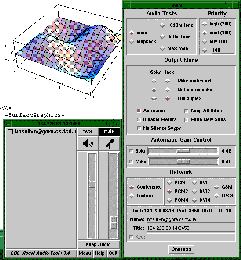
Figure 1-6: Sharing information using the MBONE.
MBONE: Multicasting Tomorrow's Internet
But the most significant revolution of all may well be the one that's just around the corner. The MBONE will make the Internet a hotbed of real-time multimedia communications. In essence, it will become a brand of interactive boardroom, classroom, television, cinema, video game, and edutainment of the kind only dreamed of in the hype about the information superhighway. The MBONE will make it possible, eventually, for all of us to start our own Internet-based TV shows, if we want to, without so much as an FCC license or a transmitter. Or teach in an on-line classroom with students from ten different states. Or hold an important meeting with researchers from around the globe.

Figure 1-6: Sharing information using the MBONE.
The Internet has traditionally been built to send information to one person (or computer) at a time. The information being transmitted has a specific destination in mind, such as an e-mail message that tries to reach a specific (single) colleague. A request for a Web page is transmitted to a single host, and the host sends back the requested information to the single recipient. Although computers can handle hundreds (or thousands, or millions) of these requests every second, the information being moved around is still one-to-one: one computer is sending the information, and only one is receiving it.
This arrangement seems perfectly fine until you consider what happens when you want to send information simultaneously to more than one person. As an example, consider an e-mail message to which you've attached a graphics file. If you send that message to your friend in England, you'll chew up a certain amount of bandwidth. Now, as any seasoned Internaut knows, you can address an e-mail message to 2, 3, or 20 people at the same time. If you send this file to 20 people, you create 20 times as much Internet traffic. So if a band such as R.E.M. wanted to transmit a live concert across the Internet to 150,000 of their closest friends, well, you can easily imagine how quickly the Net would clog up.
The next generation of groundbreaking tools on the Internet will be IP multicast programs. MBONE (multicast backbone) programs are today's implementation of IP (Internet Protocol) multicast. IP multicast programs change the rules of the road by enabling users to "broadcast" packets of information to anyone who is "listening," rather than to a single specific individual or computer. The packets aren't sent individually to each recipient; instead, only one packet is sent, but it ends up at all the specified destinations at (more or less) the same time.
Why is that interesting? Because IP multicasting lends itself to a whole new way to publish information on the Internet. Instead of the electronic equivalent of a one-on-one chat, you use a megaphone to broadcast to everyone who cares to listen. And the people who do the listening can send something right back, not just to you, but to everyone else as well.
As the MBONE gathers steam, it promises a thorough and irrevocable shift in how the world communicates. It promises, in others words, a revolution of its very own.
You can use the MBONE to do the following: